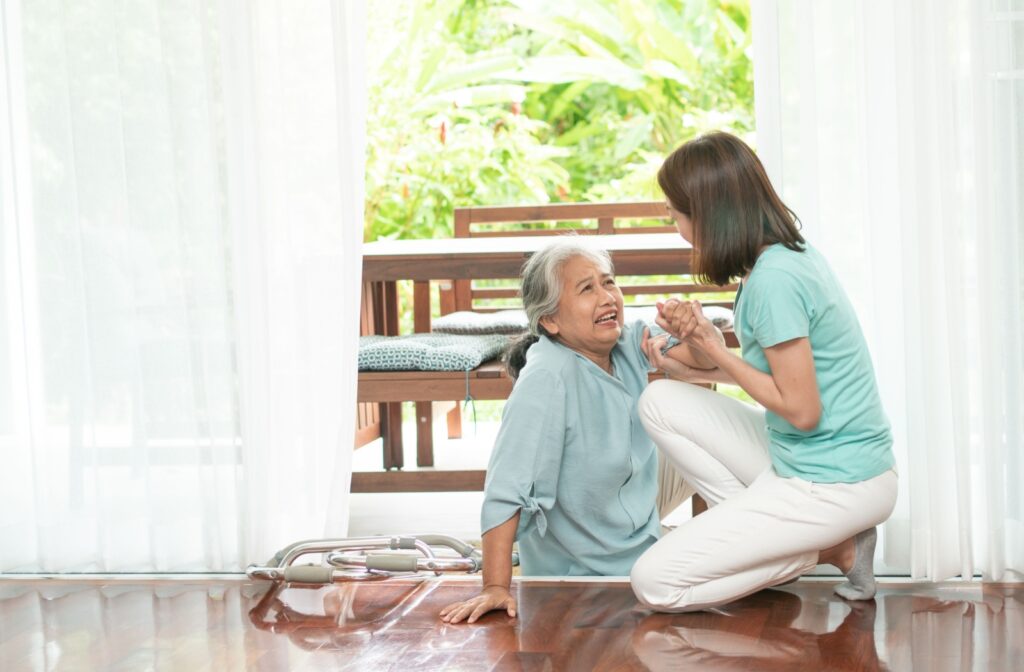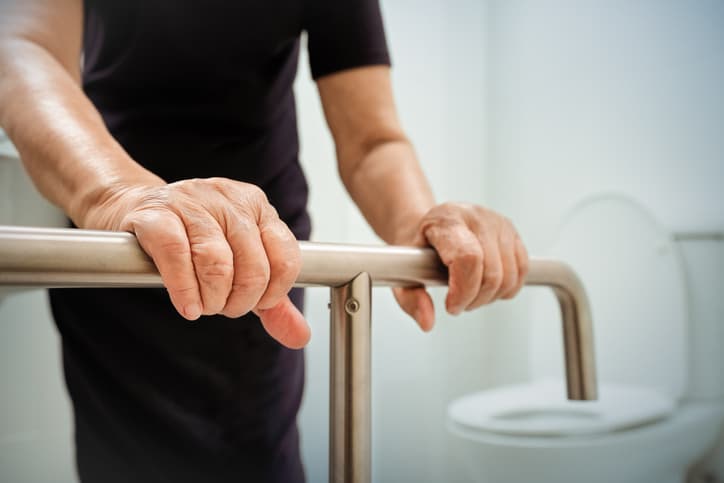As our loved ones age, creating a safe home environment becomes a top priority. One of the essential considerations for improving safety is the use of non-slip mats for seniors. These mats play a crucial role in preventing slips and falls, which are common accidents among the elderly. Ensuring that your home is equipped with the right mats can significantly reduce the risk of falls and provide peace of mind for both seniors and their caregivers.

Why Are Non-Slip Mats Important for Seniors?
Non-slip mats are essential for enhancing the safety of seniors in their homes. Falls are a leading cause of injury among older adults, often leading to severe consequences such as fractures or even hospitalization. By incorporating non-slip mats in key areas of the home, such as bathrooms and kitchens, family caregivers can create a safer living environment. These mats provide stability and reduce the likelihood of slipping on wet or polished surfaces.
Key Features of Non-Slip Mats
When selecting non-slip mats for seniors, it is important to consider several key features:
Material
The material of the mat determines its effectiveness and durability. Opt for high-quality rubber or silicone mats, as they provide excellent grip and are resistant to water.
Size and Coverage
Choose mats that cover a significant area to provide ample safety. Consider the dimensions of the space where the mat will be placed to ensure proper coverage.
Ease of Cleaning
Mats should be easy to clean to maintain hygiene. Look for mats that are machine washable or can be easily wiped clean.
Best Locations for Non-Slip Mats
Strategically placing non-slip mats throughout the home is crucial for maximizing safety. Key locations include:
Bathrooms
Bathrooms are often wet and slippery, making them a high-risk area for falls. Place non-slip mats near the shower, bathtub, and sink to prevent accidents.
Kitchens
In the kitchen, spills are common, increasing the risk of slipping. Position non-slip mats near the sink and stove to enhance safety.
Entryways
Entryways can be hazardous, especially during rainy or snowy weather. Placing a non-slip mat at the entrance helps prevent slips as individuals enter the home.
Additional Safety Measures
In addition to using non-slip mats, consider implementing other safety measures to further reduce the risk of falls:
Proper Lighting
Ensure that all areas of the home are well-lit to improve visibility and prevent tripping over objects.
Handrails and Grab Bars
Install handrails and grab bars in areas where additional support may be needed, such as staircases and bathrooms.
Smart Technology
Incorporate smart home technology that includes fall detection and alerts. Explore fall detection in smart homes to discover innovative solutions for elderly care.
Choosing the Right Non-Slip Mat
When selecting a non-slip mat for seniors, consider the following tips:
Assess the Surface
Evaluate the surface where the mat will be placed to ensure compatibility. Some mats are better suited for certain types of flooring.
Consider Aesthetics
While safety is the priority, choosing a mat that complements the homes dcor can be a bonus.
Test for Comfort
Ensure the mat is comfortable to stand on, especially for prolonged periods, to avoid discomfort or fatigue.
Common Misconceptions About Non-Slip Mats
There are several misconceptions about non-slip mats that need to be addressed:
All Mats Are the Same
Not all mats provide the same level of safety. It is crucial to choose mats specifically designed for non-slip purposes.
Mats Are Only for Bathrooms
While bathrooms are a common location for non-slip mats, they are beneficial in various areas throughout the home.
Non-Slip Mats Are Expensive
There are affordable options available that provide excellent safety features without breaking the bank.

Frequently Asked Questions
1. Are non-slip mats easy to install?
Yes, most non-slip mats are designed for easy installation and can be placed quickly in the desired location.
2. Can non-slip mats be used outdoors?
Some mats are suitable for outdoor use; however, it is essential to verify the product specifications to ensure compatibility with outdoor conditions.
3. How often should non-slip mats be replaced?
Mats should be replaced when they show signs of wear or lose their grip. Regularly inspect mats for damage to ensure ongoing safety.
For more information on creating a safe and accessible home environment for seniors, visit this helpful resource.
This article contains affiliate links. We may earn a commission at no extra cost to you.






